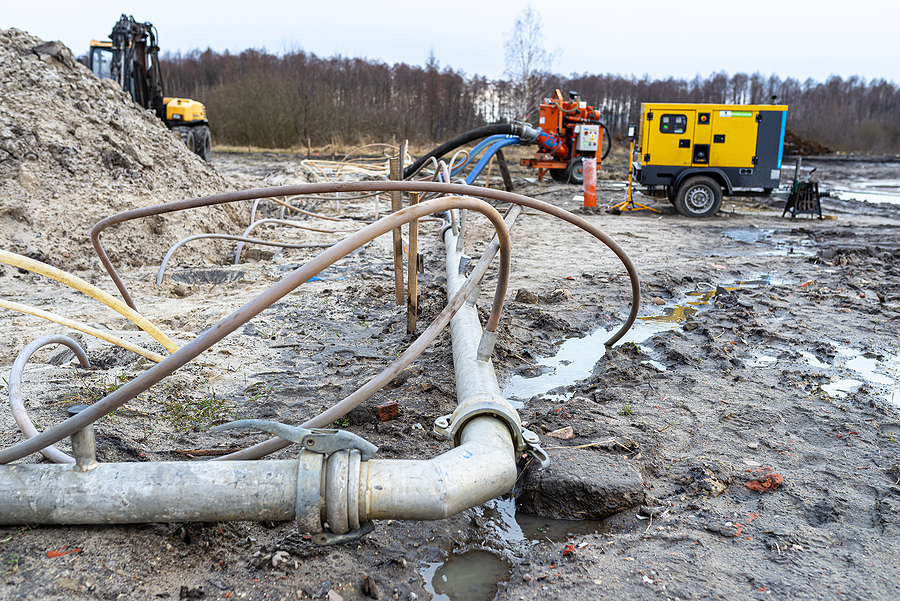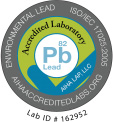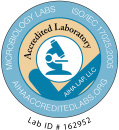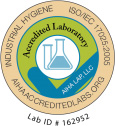
Legionella is a commonly found bacteria in lakes, rivers, and ponds at low levels. This bacteria needs water to flourish, but it is relatively harmless when contained in a natural body of water. However, sometimes legionella bacteria makes its way into stagnant water systems, like water cooling systems, fountains, and hot tubs. When it does, it can potentially infect humans and cause Legionnaires disease. This serious respiratory illness may be fatal, especially to those over 50 years of age or otherwise immunocompromised.
The very first outbreak of Legionnaire’s disease was traced back to an improperly kept cooling tower that eventually infected an entire group of people staying at the hotel. Most cases, even in 2022, were traced back to cooling towers. However, other common sources like fountains and hot tubs can also affect humans. Anywhere there is stagnant water gives legionella bacteria a chance to grow, so you should always watch out for these unexpected sources of legionella.
Surprising Spots Legionella Can Hide
For the most part, a mass outbreak can usually be traced back to a larger water source, like a cooling tower, as we mentioned. But sometimes legionella can present itself in strange ways and in surprising places, so if you end up being diagnosed with Legionnaire’s disease and aren’t sure how you got it, consider testing various water sites around your house. Here are the most unexpected places legionella can hide:
- Water fountains, decorative fountains
- Whirlpools
- Thermal springs
- Compost
- Ice machines
- Ground soil
- Garden hoses
- Mist machines
- Water cooler
- Room humidifier
- Windshield wiper fluid tanks
There’s a risk of health issues everywhere where there’s stagnant water. Stagnant water has a number of different kinds of bacteria and should be avoided, which is why you should take care to clean out vessels where you keep water – like humidifiers, decorative fountains, and anything else you can occasionally take apart and clean out with disinfecting tools.
Perfect Conditions for Legionella to Grow
Places with stagnant water that don’t get cleaned often are at risk for legionella. For example, groundwater on certain properties, like homes or even construction sites and building zones, may require testing, otherwise, the bacteria can make a large number of people ill. Legionella prefers water that is between 68° and 122°F (20° – 50°C), where it multiplies. Temperatures between 95° and 115°F (35° – 46°C) are ideal for growth. Additionally, other microorganisms, like rust and scale, can encourage growth.
Avoid a Legionella Outbreak with Sanitation and Frequent Testing
Ensuring that someone on your team is regulating and maintaining your water systems, like your plumbing system and cooling tower, is essential. According to OSHA, you must clean at least twice a year with chlorine or another effective biocide. It’s also a good idea to test your stagnant water sources yearly, to ensure that no one will become ill on your property. As a property owner, you’re liable if an outbreak occurs because of improper maintenance.
If you’d like to test your water and be sure that everything is clean, contact SanAir Technologies Laboratory online or by calling 1-888-895-1177. We can have all the essential materials for water, air, asbestos, and other microbiology testing overnighted to you, and provide you with quick and accurate results.












